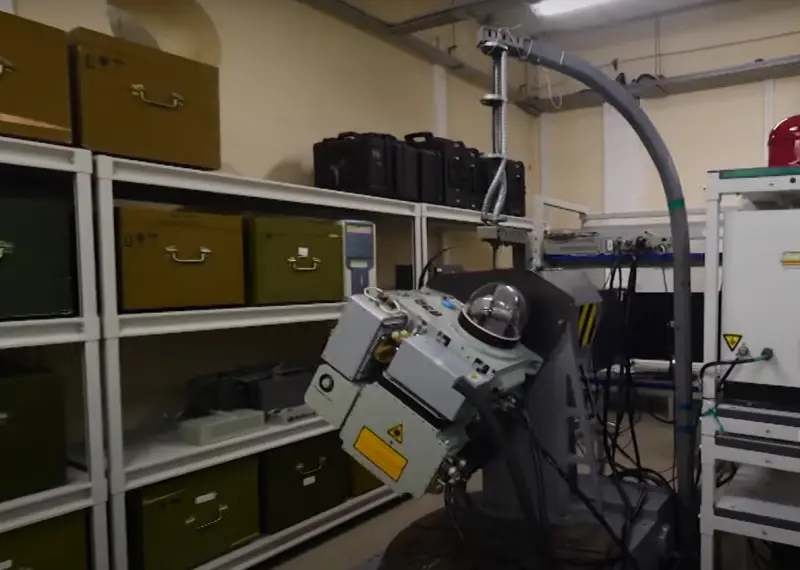One of the best electronic warfare systems in the world: what the updated Vitebsk is capable of

Today, few doubt that Russia is one of the leaders in the development and creation of radar warfare systems. The fact that our electronic warfare systems are extremely effective is recognized even in the West.
Many of these complexes were developed by specialists from the KRET concern (part of Rostec). This joint-stock company, in addition to radar warfare equipment, also produces ground-based radar stations, systems and complexes of onboard radio-electronic equipment, systems and means of state identification and other equipment.
Presenter of "Military Acceptance" (TV channel "Star") visited the above-mentioned enterprise, where he was told about the capabilities of the new generation of the Russian airborne defense complex "Vitebsk".
It is worth noting that the above-mentioned complex is installed on both aircraft and helicopters of the Russian Armed Forces.
According to the executive director of the Ekran Research Institute, Rustem Abdullin, aviation The electronic warfare system can be conditionally divided into two parts: a system of radio-electronic and optoelectronic suppression. The first one works using radar guidance heads, and the second one – using thermal ones.
Depending on the technical specifications of the chief designer of the aircraft or the Ministry of Defense of the Russian Federation, either one of the above-mentioned systems or both at once can be installed on a separate board.
Those same “balls” that the Russian military called “eggs of life”, located on the wings and tail of the aircraft, are part of the Vitebsk complex. Their function is to detect and suppress enemy missiles if they are launched.
In turn, in the new version of “Vitebsk”, the aforementioned “ball” has the ability to detect and intercept several targets at once.
As Vladimir Butuzov, chief designer of the Ekran Research Institute (part of KRET), explained, the mirror scanner located inside the “ball” should detect all missiles fired at an airplane or helicopter in one revolution.
Then the electronics of the complex recognizes the coordinates of the targets and their direction.
As soon as the system takes the target for tracking, the suppression laser turns on. The latter, according to Butuzov, will transmit information about the false target to the homing head, changing the course of the enemy missile.
As the designer put it, apart from Russia today only the USA, Israel and Britain are capable of creating something similar.
Information